In Japan, eating Kentucky Fried Chicken has become something of a Yule tide tradition for millions of people, and can be so popular some diners have to preorder their special KFC Christmas dinner two months in advance.
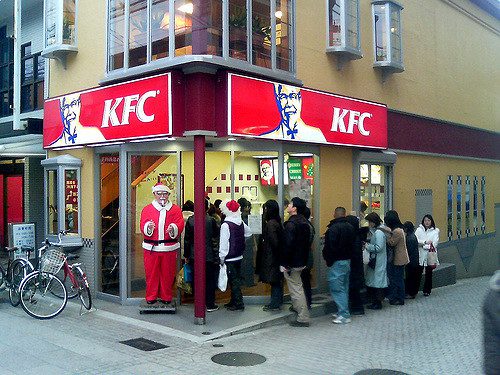
Picture: Flickr/sleepytako
The tradition is credited to the marketing genius of Takeshi Okawara, the manager of the first KFC in Japan.
This year it is estimated that Brits will consume over 350 million over the festive period, with each person eating an average of 27 mince pies every year.
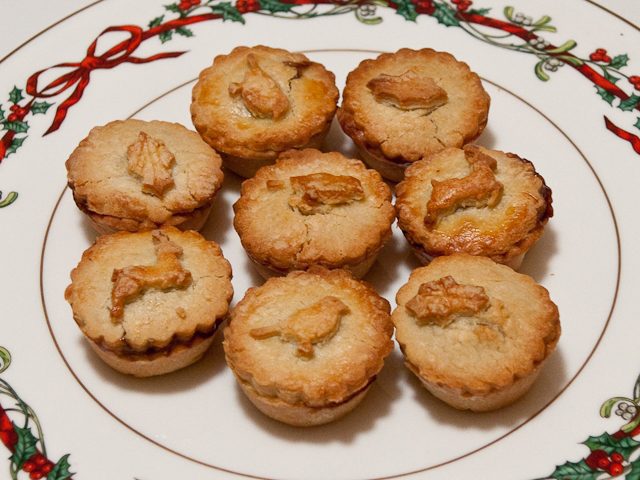
Mince Pies. Picture: TSPL
Did you know it was once illegal to consume these popular festive treats on Christmas Day? Banned by Oliver Cromwell and by extension the Church of England.
Anyone found baking them would be punished, or as more often happened, encouraged to inform on the customers who ordered them.
In order to fox the Church, mincemeat pies became smaller and easier to hide, where once they were much larger, made from meat and used to feed whole families.
Turkey power Every year millions tuck into a traditional Christmas turkey dinner but did you know these birds are actually very fast runners?
They can run a staggering 25 miles per hour so it’s unlikely you’ll be able to catch one in time for your dinner.
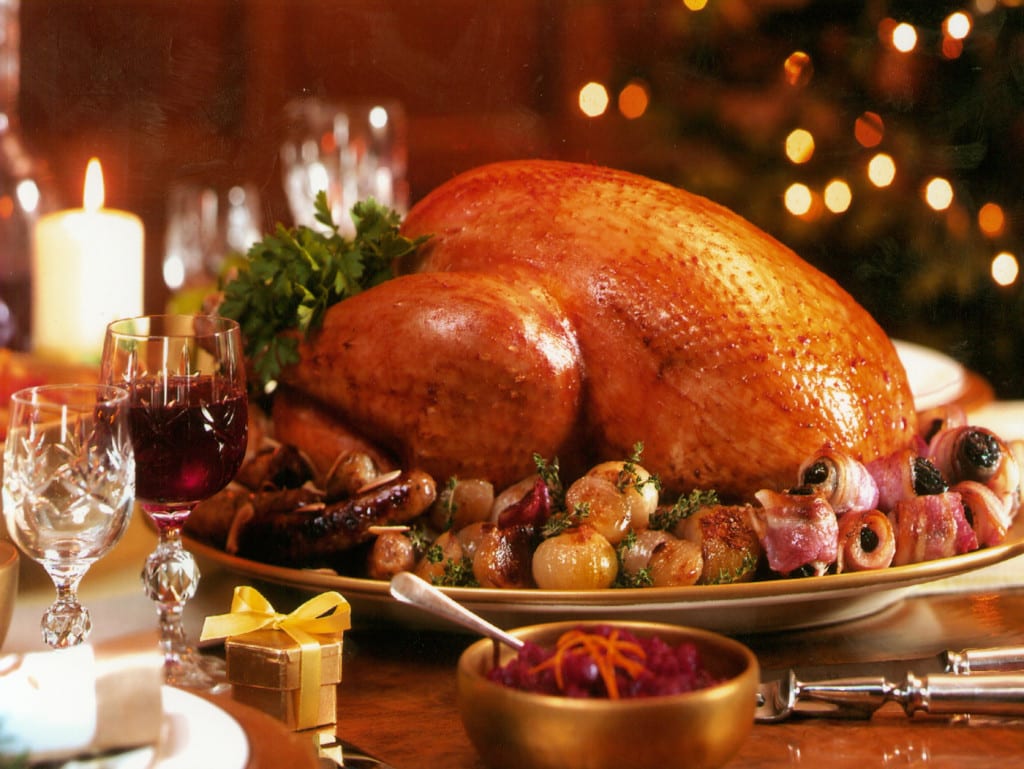
Did you know the The average Brit will consume over 5,000 calories on Christmas Day alone (and a whopping 190g of fat)? That’s nearly three times the recommended daily intake for women and over twice the recommended amount for men.
The research from Wren Kitchens also revealed that nearly a day’s worth of calories will be consumed before the festive lunch even begins. Time for the gym?
Part of the holy trinity of Christmas movies (along with Die Hard and Gremlins) Home Alone is the perfect film to play after a hearty Christmas dinner.
Here is a little movie trivia for you in the sequel, Kevin orders the following treats to his room tab: two chocolate cakes, six mousses with chocolate, vanilla, strawberry ice cream topped with M&Ms, choc sprinkles, cherries, nuts, marshmallows, caramel syrup, chocolate and strawberry syrup, whipped cream, bananas, six custard flans, a pastry cart, eight strawberry tarts and 36 chocolate-covered strawberries.
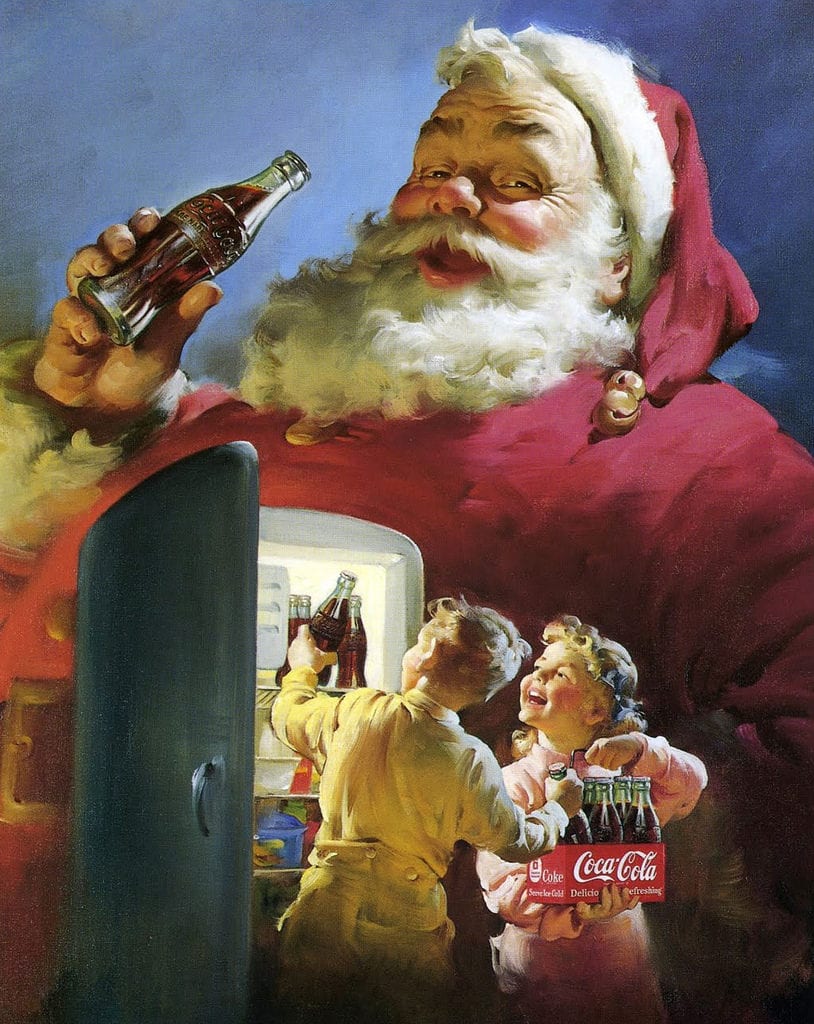
Picture: x-ray delta one/Flickr
In the 1930s, Coca-Cola commissioned an artist called Haddon Sundblom to create images of Santa Claus drinking from a bottle of Coke as part of a festive marketing campaign.
The depictions of Santa became so popular, that many credit them with the modern image of Santa, however this isn't quite the case, and in fact, all they can really lay claim to is the use of the vibrant Coca Cola as inspiration for his famous suit.
By the early 20th Century, Santa was already commonly being depicted as a chubby, jolly, red-suited man with a long beard, with greeting cards drawn by the likes of Louis Prang depicting a Santa that is almost identical to the one we know today.
Sir Walter Scott name-checked plum porridge in his poem Old Christmastide. Ingredients included a boiled leg and shin of beef, stock thickened with bread, spice, dried fruit, sugar and wine. It turned out in jelly form and was a popular Yule dish until the late 18th Century.
In Poland, children get their presents on December 6, which is St Nicholas’ Day. Families get together for a traditional Christmas Eve feast, which has 12 courses, two of which are carp (a type of fish).
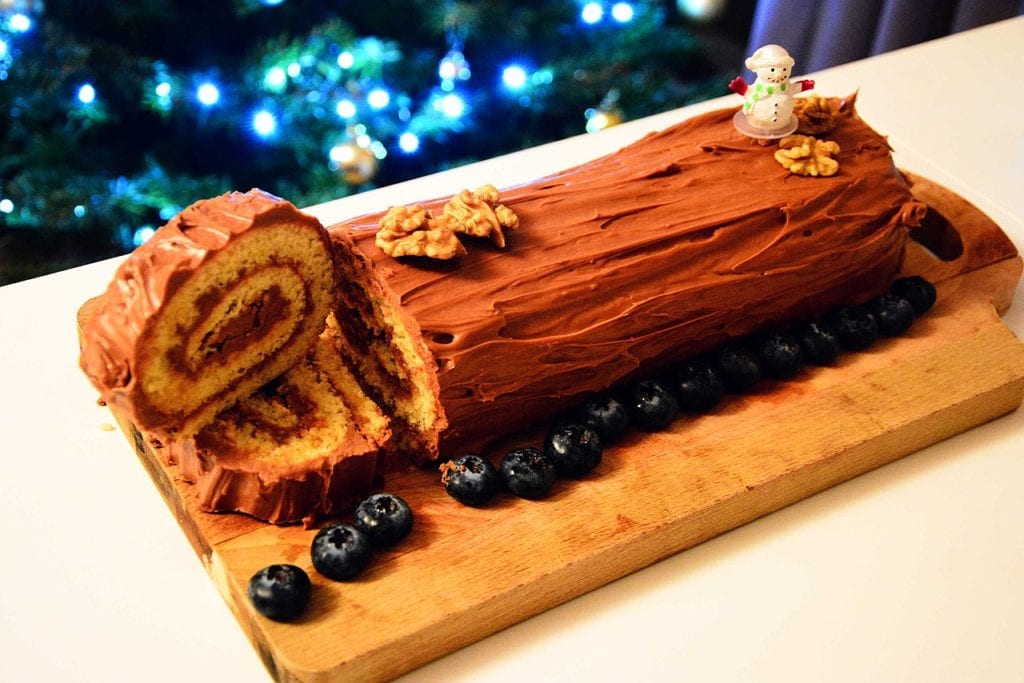
Picture: Mitantig/Wikimedia
This chocolate treat takes its inspiration from the Celts with the tradition originally started by the Druids, who believed the sun stood still for twelve days in the middle of winter and during this time a log was lit to conquer the darkness, banish evil spirits and bring luck for the coming year.
Large scale Yule fires remained a common way to mark the season over the centuries in Scotland, particularly in northern harbour towns, however, the chocolate version remains popular throughout the UK.
Dating as far back as the mid 19th century, crackers have graced dining tables on Christmas Day in some format or other. Originally created by a sweetie maker with the bonbon that gave Tom Smith the inspiration for his new invention being the original treat that was eventually replaced with the toy or trinket you'll now find.
Best of all, Mr Smith reportedly added the 'bang' element after he heard the crackle of a log he had just put on a fire, to make it even more Christmassy.
With more and more people turning to a plant-based diet, the most popular non-meat alternative is now the nut roast which is made using nuts, grains, legumes and bread crumbs.
Traditionally the last Sunday before Advent, Stir-Up Sunday was a day put aside to make your Christmas pudding or cake - with families gathering together in the kitchen to create the festive treat.
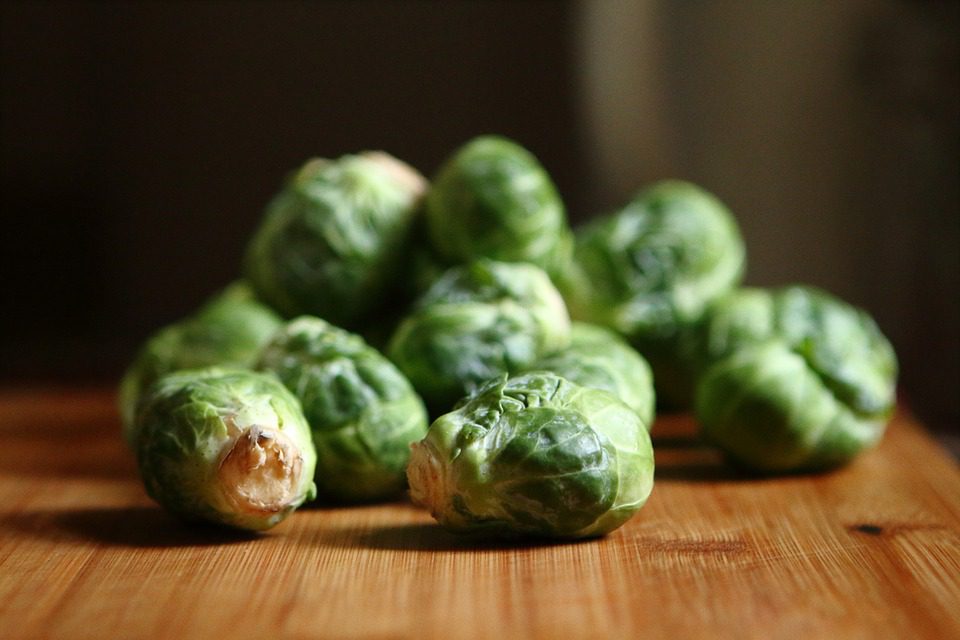
Picture: Pixabay
The world's biggest fan of Brussels sprouts must surely be Linus Urbanec from Sweden who broke the world record for most sprouts (31) eaten in a minute in November 2008.
Christmas Eve is still referred to in many parts of Scotland as “Sowans Nicht” which is thought to refer to “sowans” – a dish made from oat husks and fine meal steeped in water for several days until sour. This dish was prepared and then shared on Christmas Eve.

A Beer calendar is among this year's popular options. Picture: BrewDog
Adults have been getting in on the act too with a report by supermarket Waitrose stating that 23 per cent of Brits now say their whole household has an advent calendar, not just the children, with one in five, saying opening the first door marks the start of Christmas.
